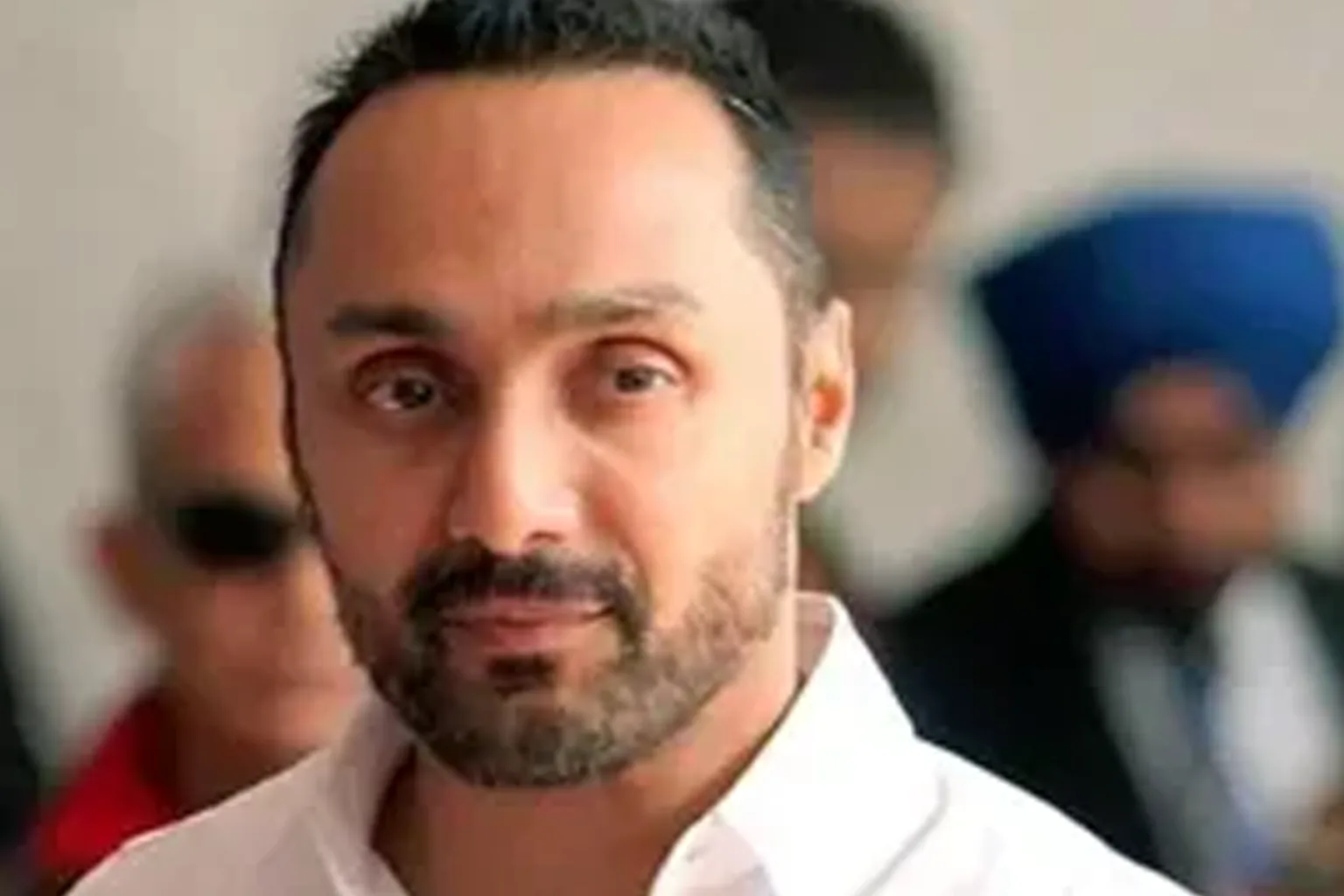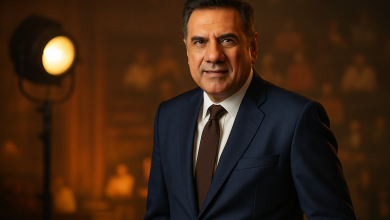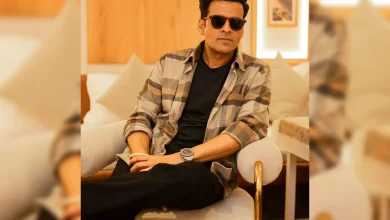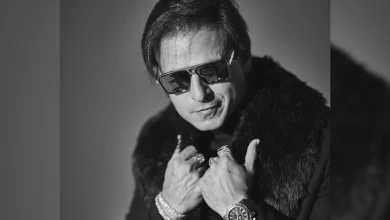Rahul Bose – The Actor Who Redefined Subtlety in Indian Films
EntertainmentUncategorized
In an industry often dominated by larger-than-life performances, Rahul Bose carved his niche with quiet intensity and artful subtlety. Known for his powerful presence in parallel cinema and thought-provoking roles, Bose has long been celebrated as one of India’s most refined and versatile actors. His career, spanning theatre, Bollywood, independent films, and even international cinema, is a journey of depth, experimentation, and uncompromising vision.
Early Life and Entry into Acting
Born on 27 July 1967 in Bangalore and raised in Mumbai, Rahul Bose’s journey into the arts was as unconventional as his film choices. A former rugby player for India’s national team, Bose carried the discipline of sports into acting. His theatre work in Mumbai during the early 1990s sharpened his craft and prepared him for a career that would go far beyond mainstream cinema.
Breakthrough in Parallel Cinema
Bose made his film debut with Dev Benegal’s “English, August” (1994) — a cult classic that positioned him as a voice of India’s new wave cinema. His understated performance as Agastya Sen, a civil servant struggling with existential dilemmas, was widely acclaimed for its honesty and subtlety.
He went on to deliver memorable performances in films like:
- “Mr. and Mrs. Iyer” (2002) – opposite Konkona Sen Sharma, where his portrayal of a sensitive man amidst communal violence won international praise.
- “Jhankaar Beats” (2003) – a lighter role that showed his versatility.
- “Chameli” (2003) – playing a thoughtful journalist opposite Kareena Kapoor.
- “15 Park Avenue” (2005) – where his nuanced acting elevated a deeply emotional story.
Each role reaffirmed his image as an actor who avoided formulaic paths in favor of layered, meaningful storytelling.
Subtlety as a Strength
Rahul Bose is often described as the “thinking man’s actor.” Unlike many of his contemporaries, he does not rely on exaggerated gestures or dramatic flair. Instead, he uses micro-expressions, silences, and naturalistic dialogue delivery to create impact.
This subtlety resonates especially well in films dealing with social, political, or psychological themes. His characters often feel lived-in, allowing audiences to connect on a deeply human level.
Ventures Beyond Acting
Bose is not confined to acting alone. He directed and starred in “Everybody Says I’m Fine!” (2001), a film that won acclaim for its experimental storytelling. He has also been involved in documentaries and socially relevant projects that highlight his commitment to storytelling with purpose.
Beyond cinema, Bose is a humanitarian and activist. He has worked extensively with NGOs, particularly in areas of child welfare, education, and disaster relief. His dual role as an artist and activist underscores his belief that cinema and society are interconnected.
Global Recognition
Rahul Bose’s talent has earned him international recognition. His films have been showcased at prestigious film festivals, and he has been hailed as an actor who brings authenticity and grace to every role. For global audiences, he became a representative of Indian art cinema that balances cultural roots with universal appeal.
Conclusion: A Maverick of Subtlety
Rahul Bose stands as a rare figure in Indian cinema — an actor who consistently chooses depth over glamour and vision over commercial gain. He has redefined subtlety, proving that powerful acting doesn’t always require theatrics, but honesty and restraint.
As audiences continue to seek authentic storytelling, Bose’s work remains a reminder of the profound impact of nuanced performances. He is not just an actor; he is a storyteller, a humanitarian, and above all, a symbol of the art of subtle cinema.




